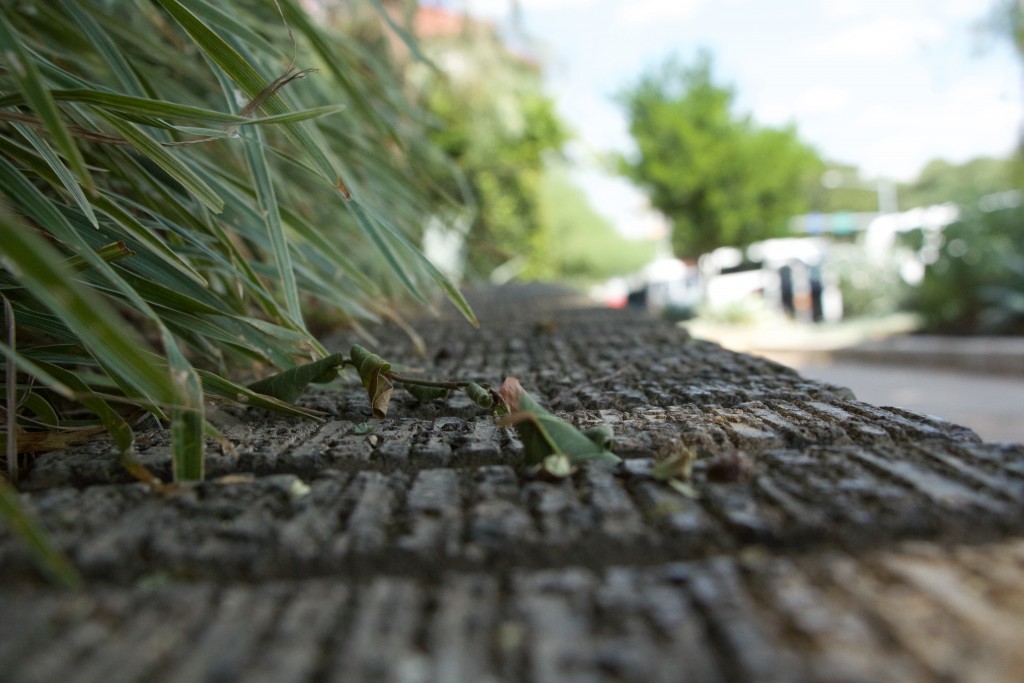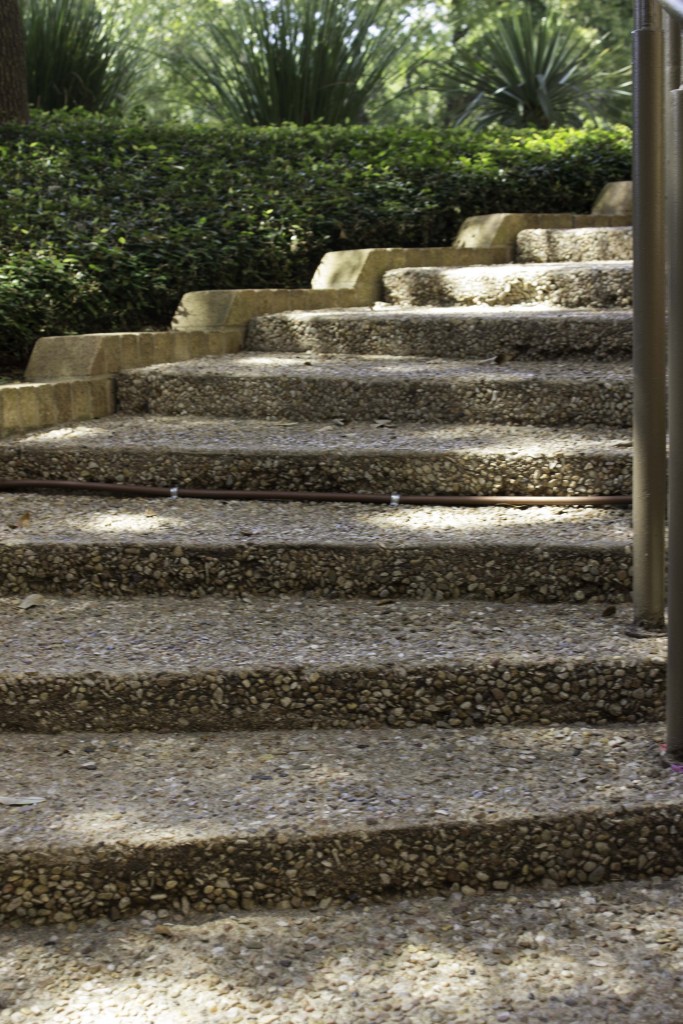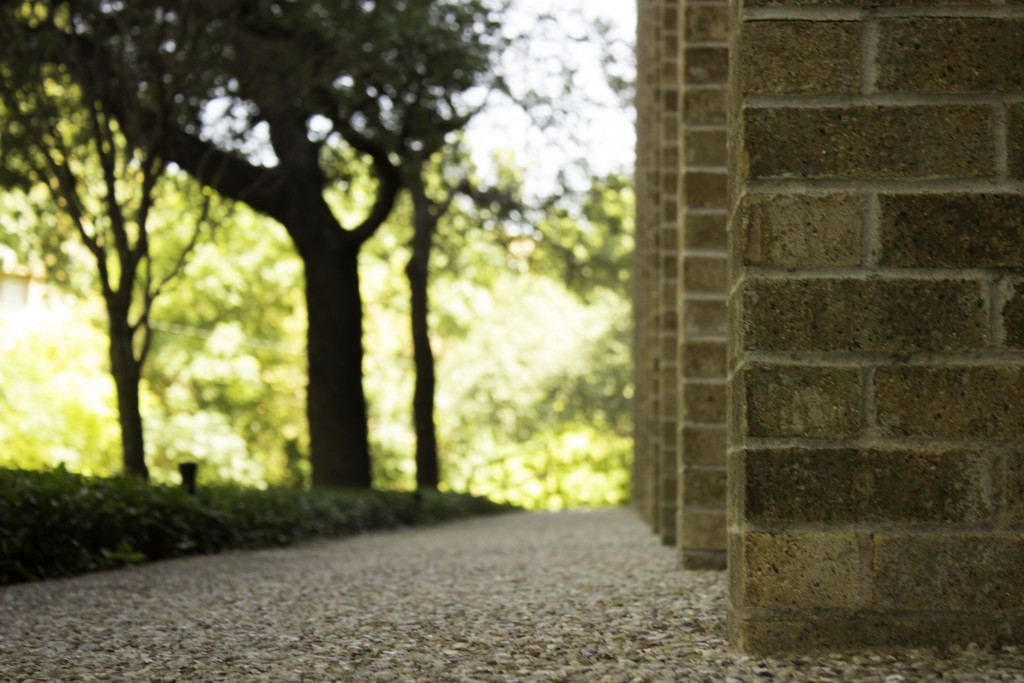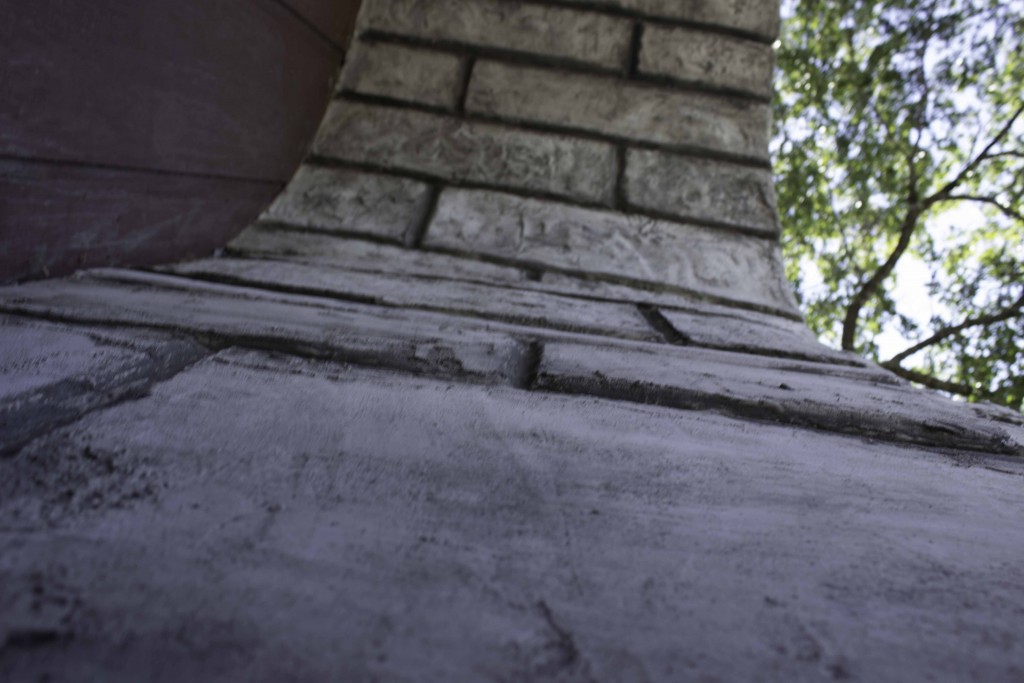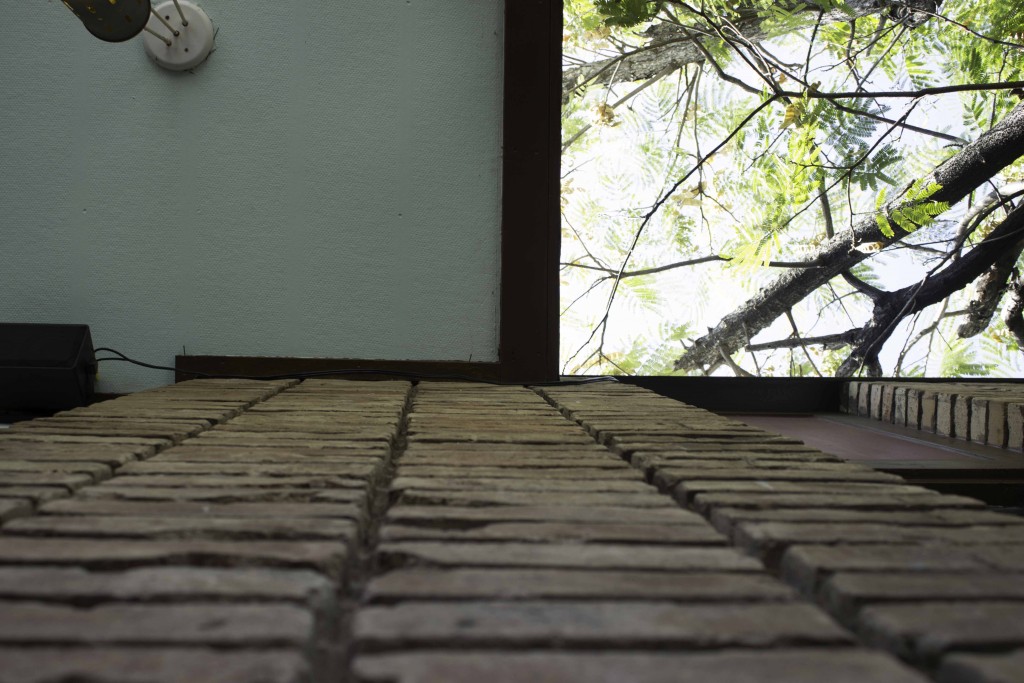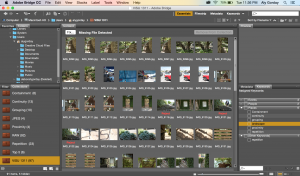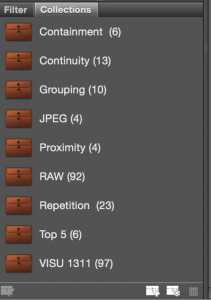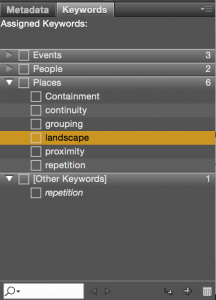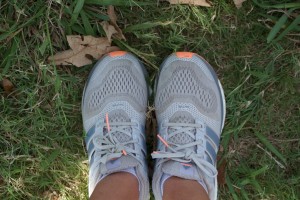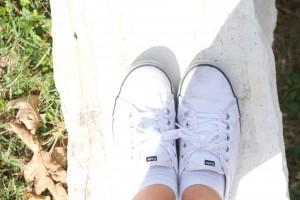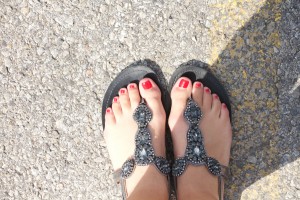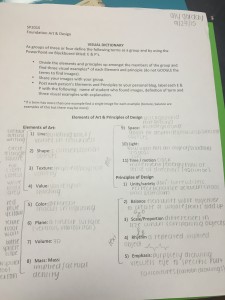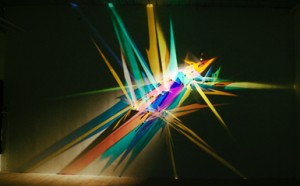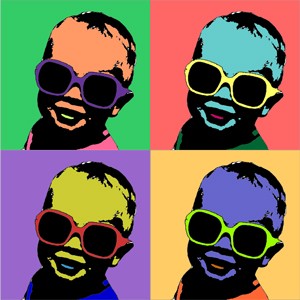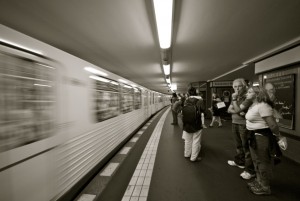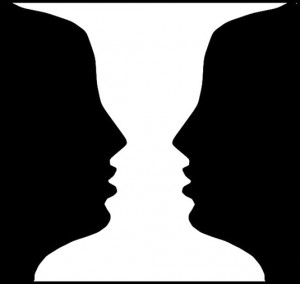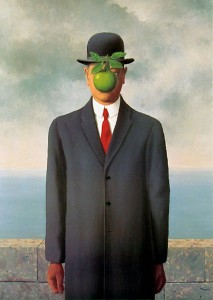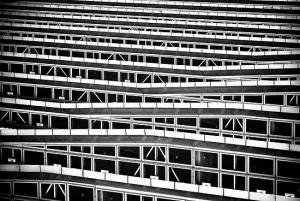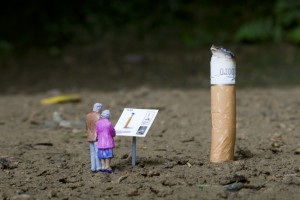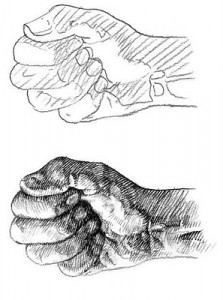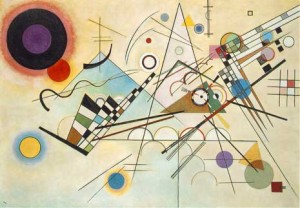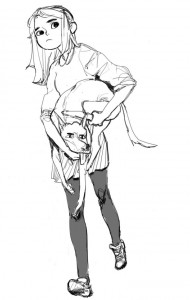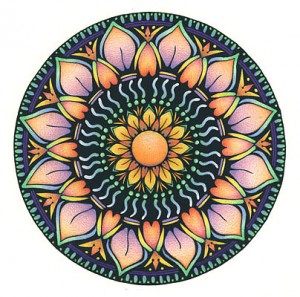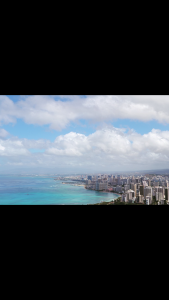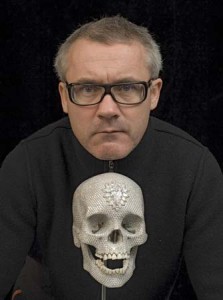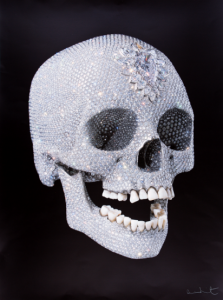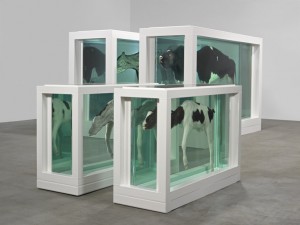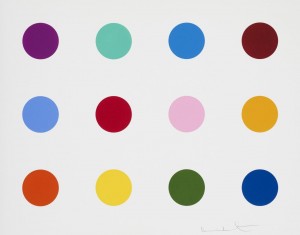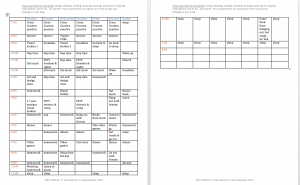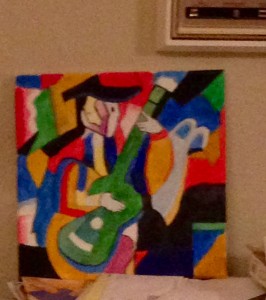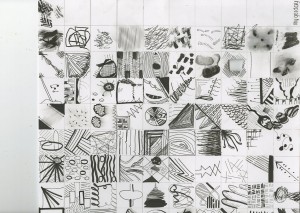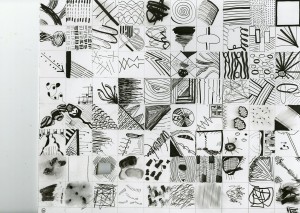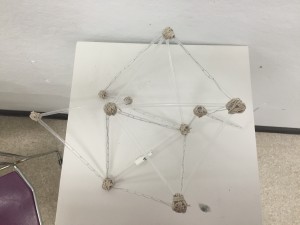The Gestalt principle is a configuration or pattern of elements so unified as a whole that it cannot be described merely as a sum of its parts. For this project, we were asked to use the principles of gestalt and to investigate how to create an image. When I started this project, I would just walk down South Congress and take pictures of what I thought the principles of gestalt were, by the end of the project, I saw how the principles themselves create the image. The gestalt principle I used the most was continuity. After looking over the 70+ pictures I took, I liked the theme of continuity the most. I was able to relate to the pictures with continuity because it reflects how everything in life is a continuation of another. Though, some of these pictures can fall under other principles, I think they exemplify continuity the most. We were asked how images are created and I believe we create our own images through experiences, that is why I picked continuity. Life is a continuous journey full of amazing rides and challenges. It is how we overcome those challenges and enjoy the memories that we can create the life we want and can be the person we want to be.The pictures I selected are from different angles but all share the theme of continuity and that the journey continues.
Screen Shots:
For my editing and collections, I mostly used bridge.

